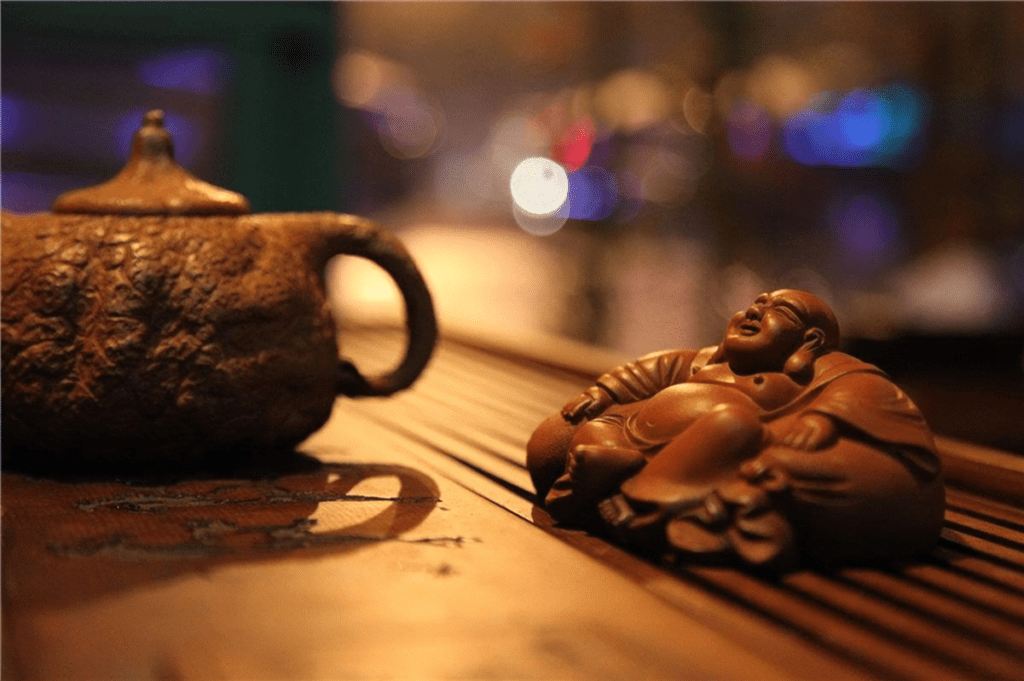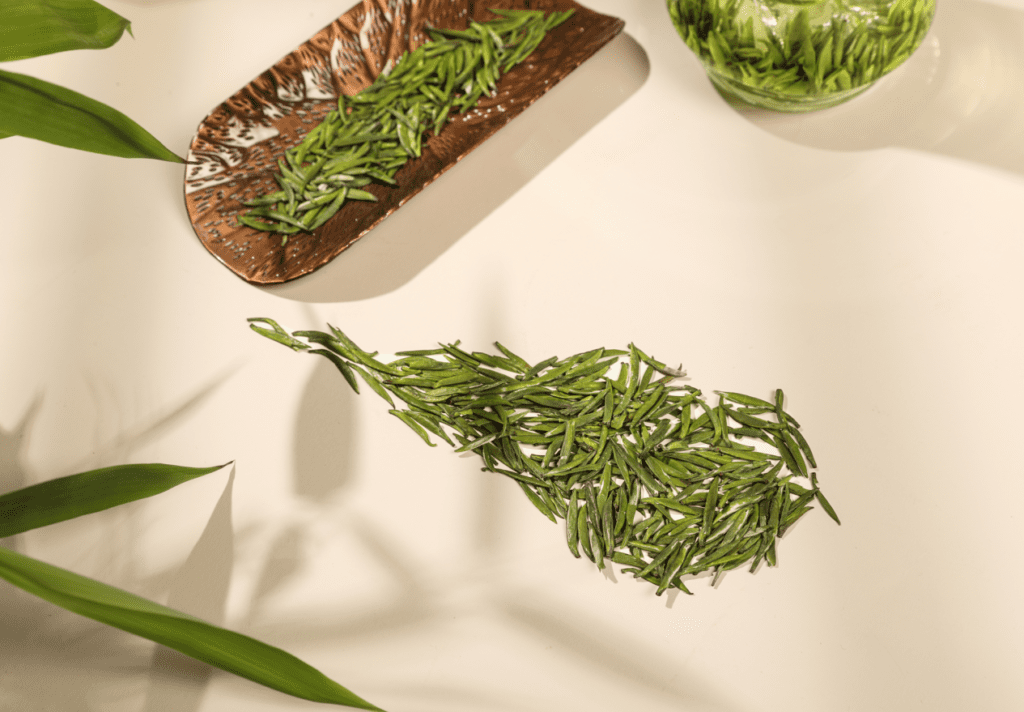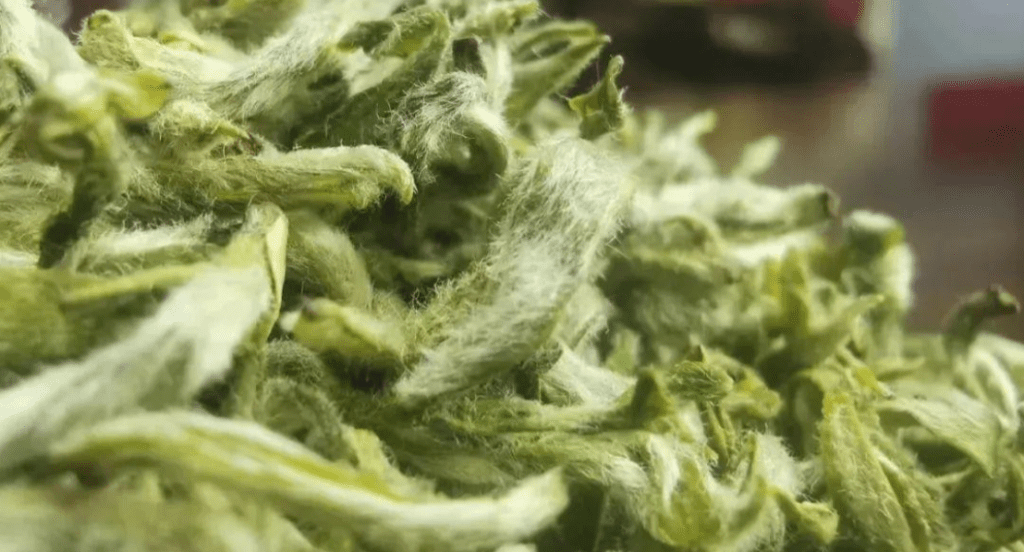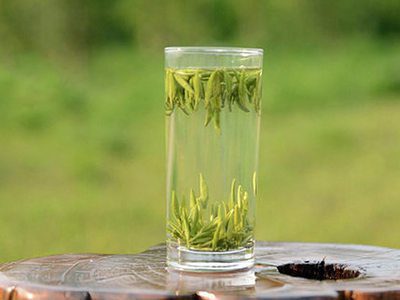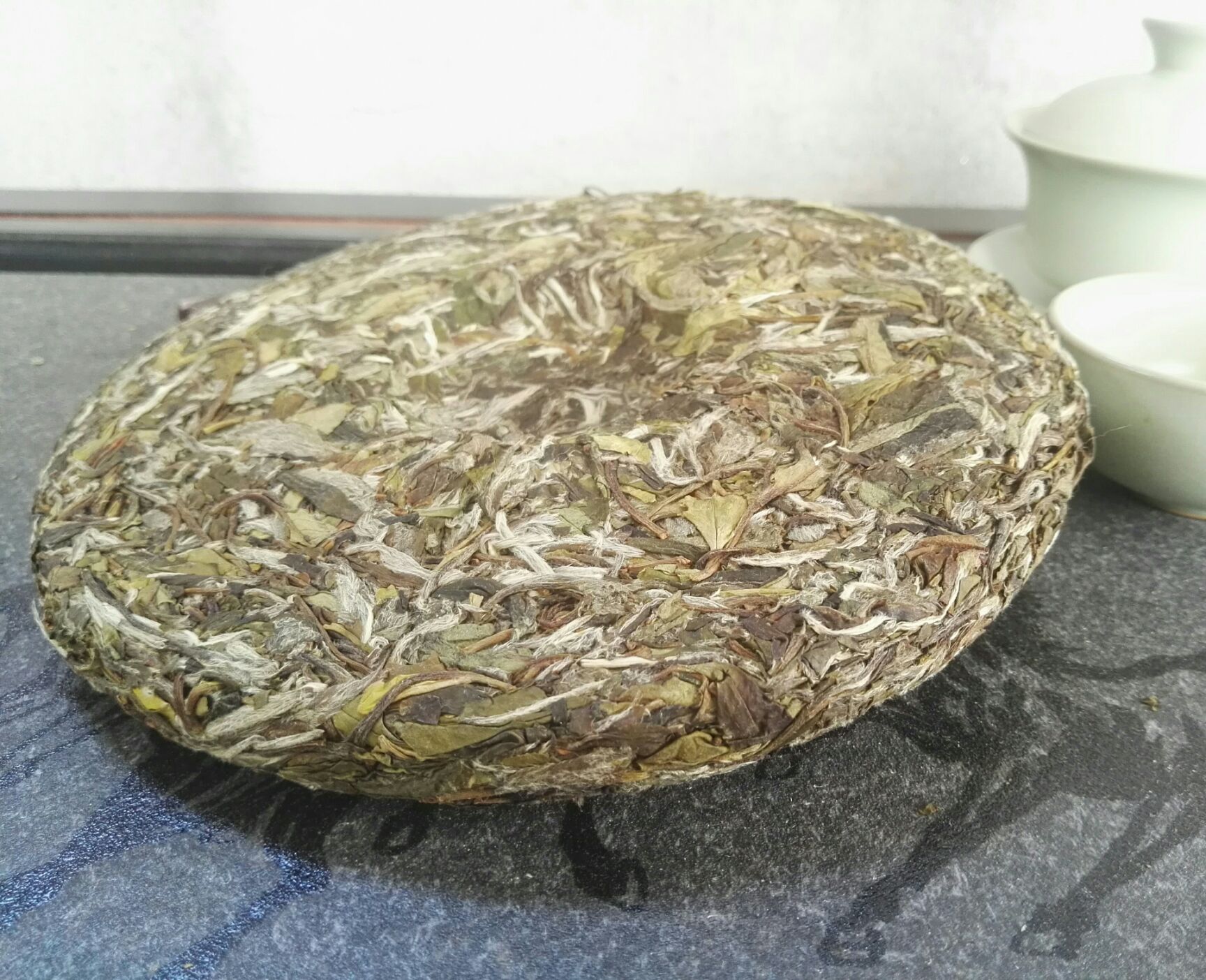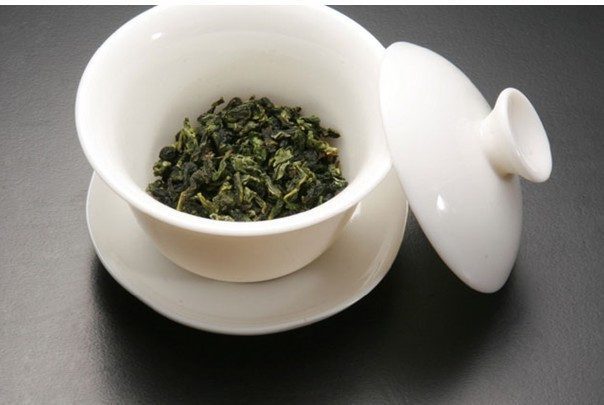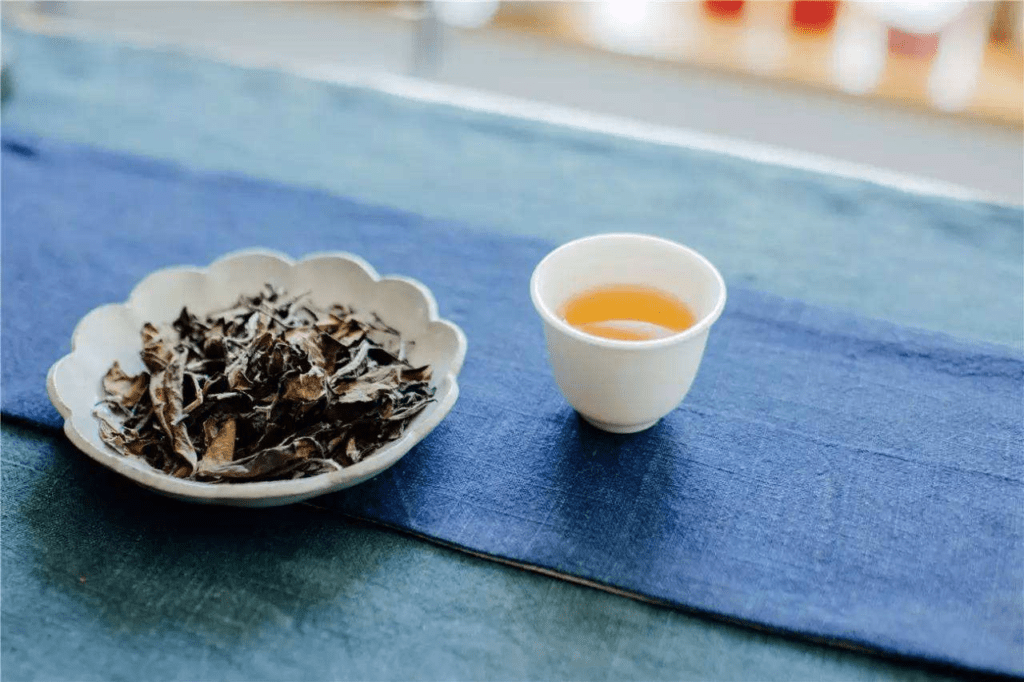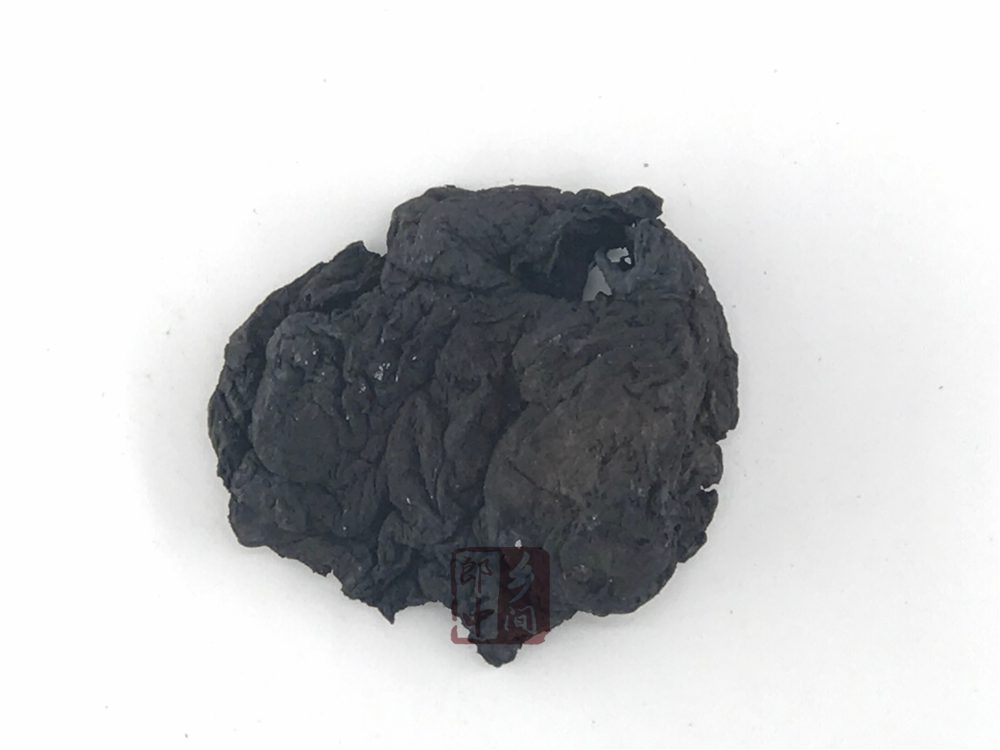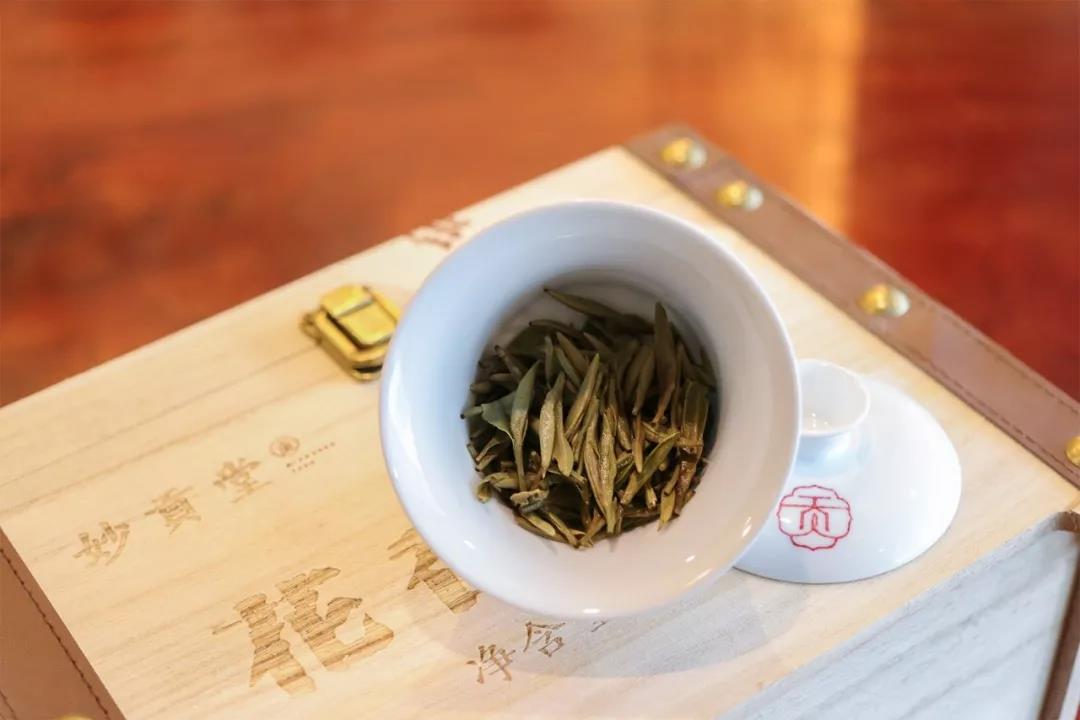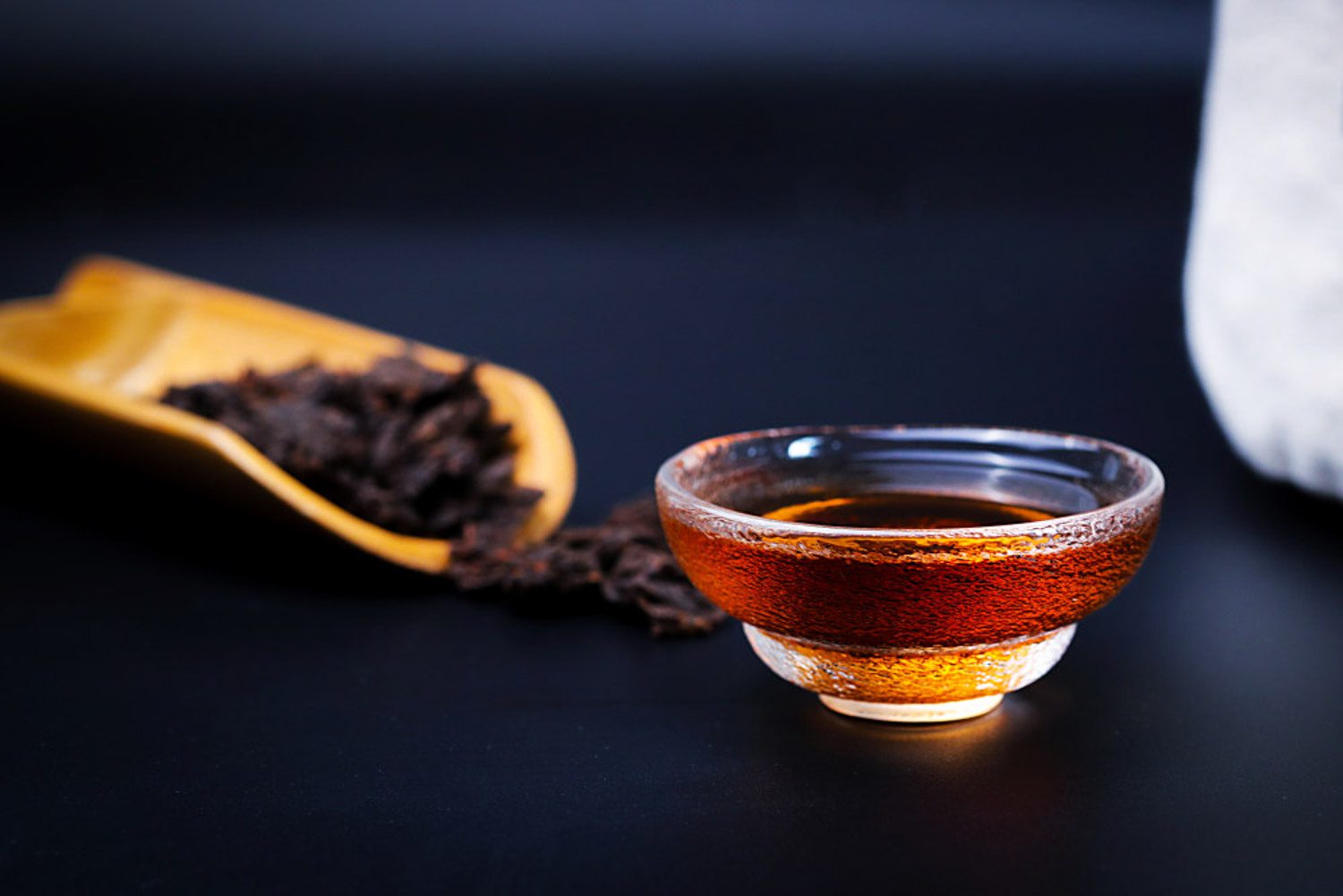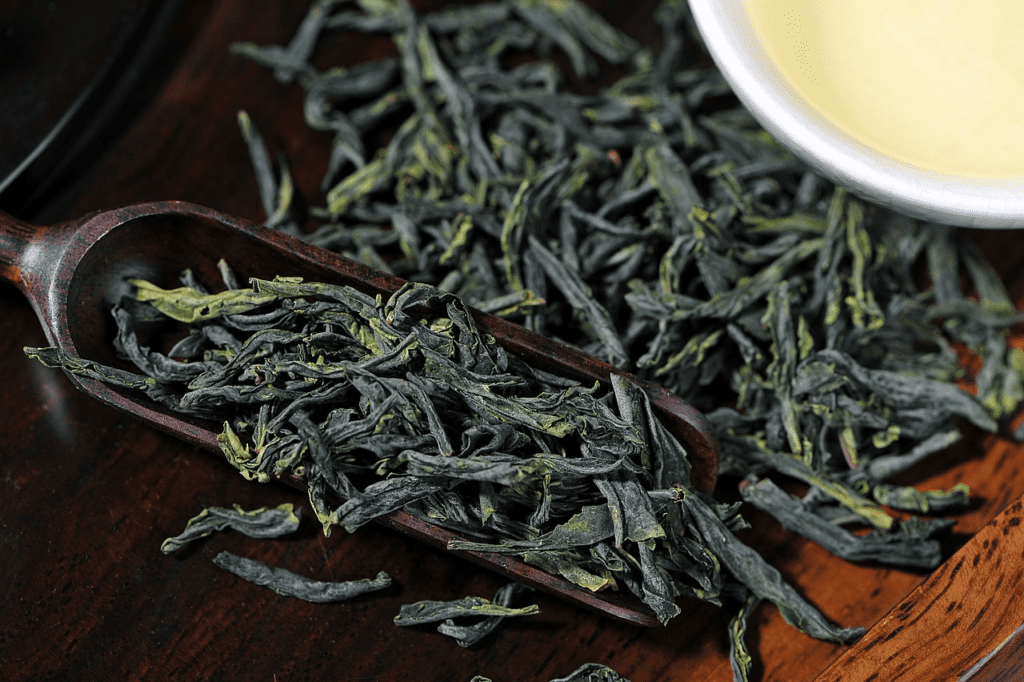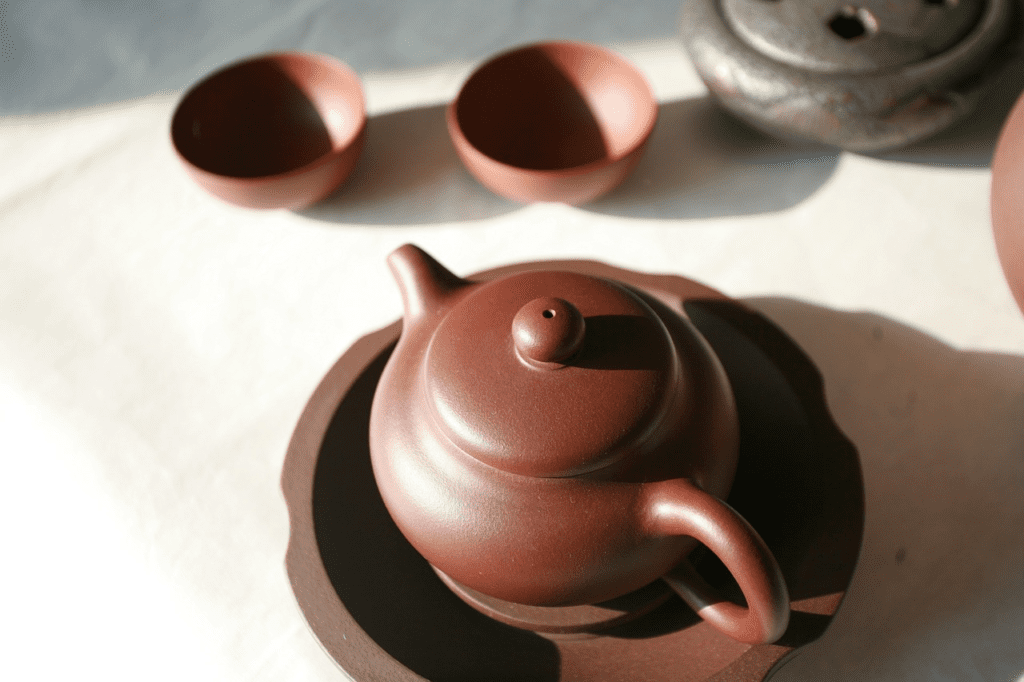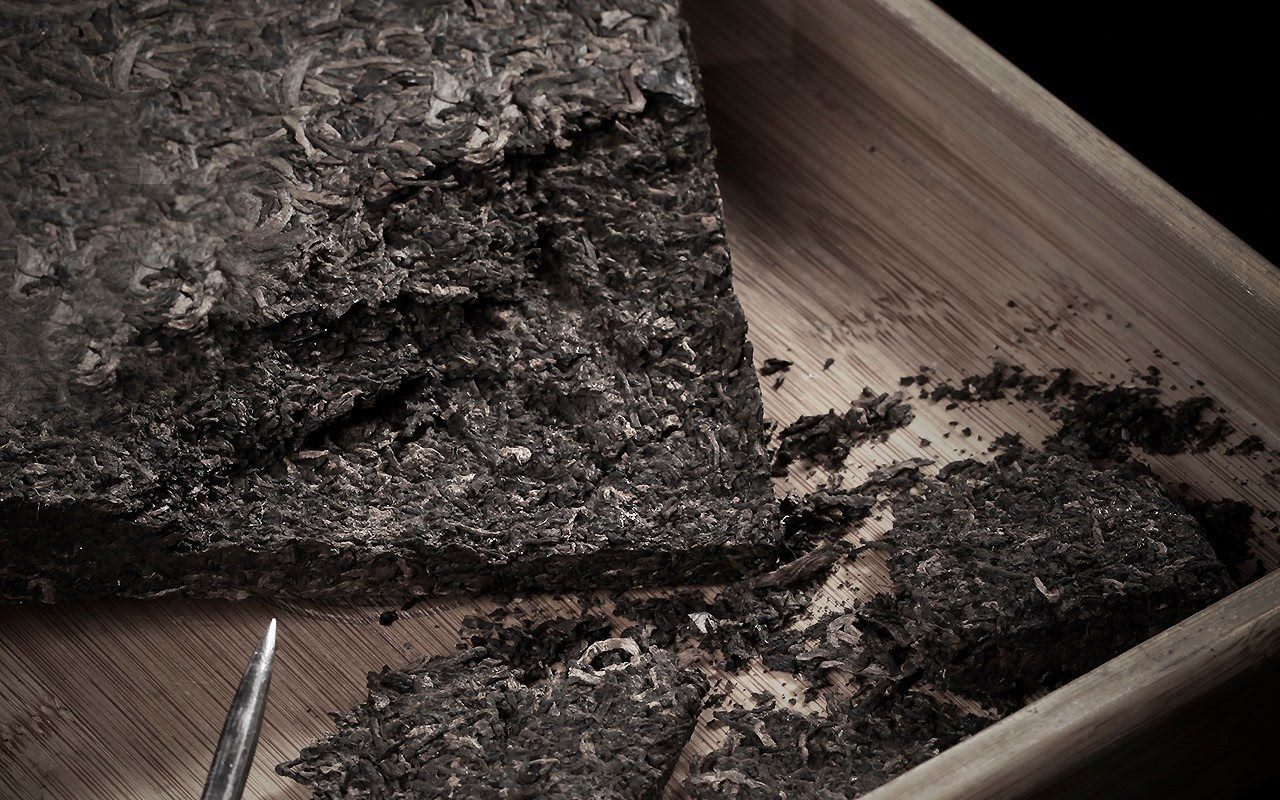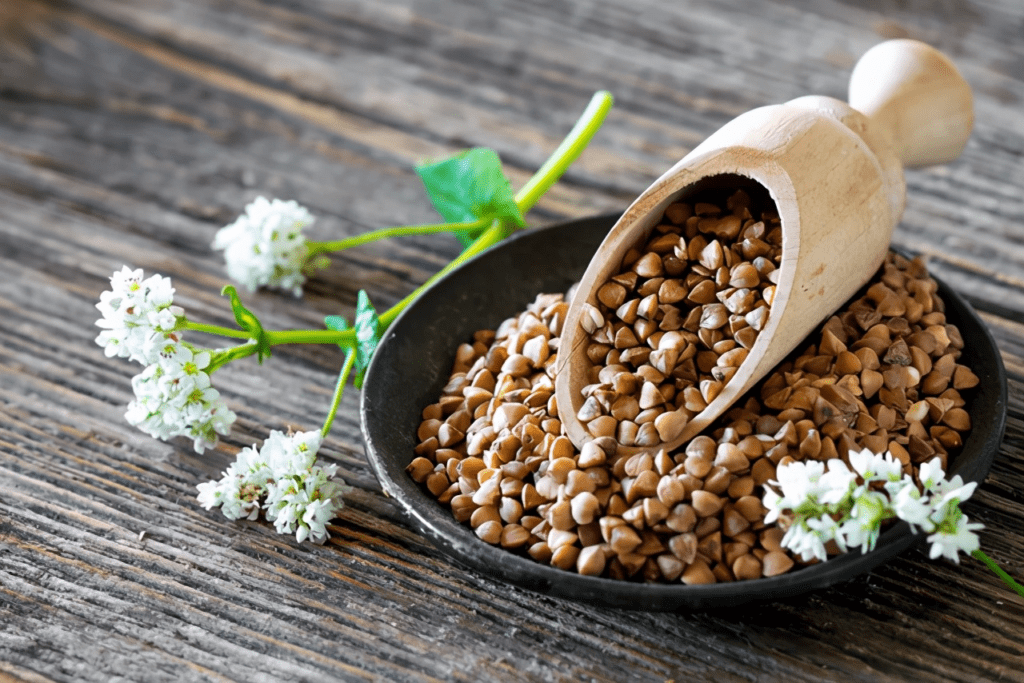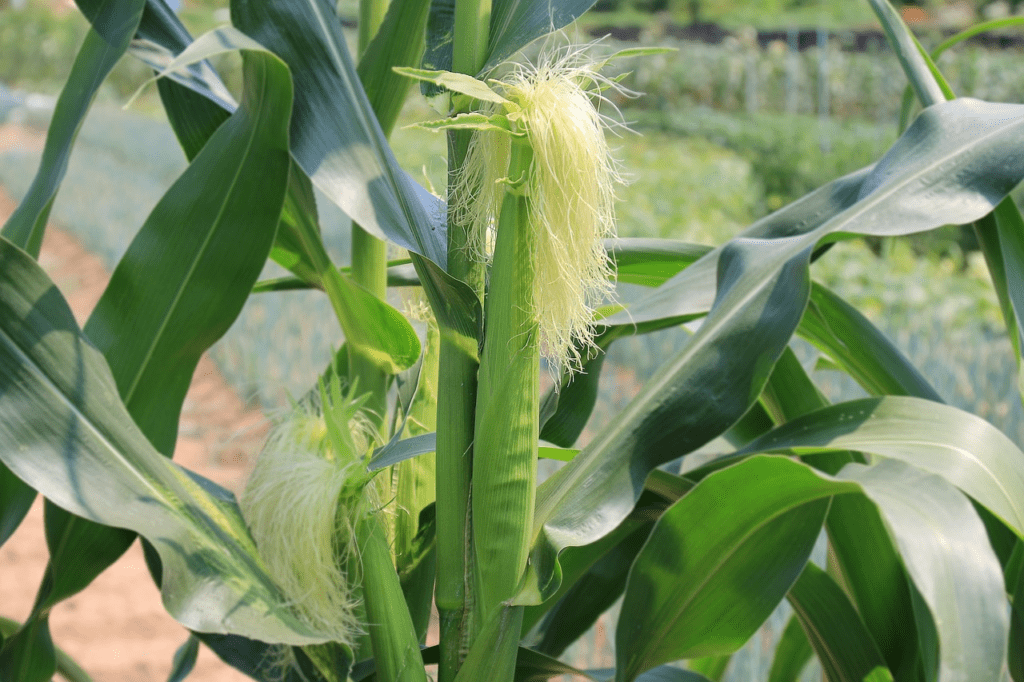Dahongpao tea, also known as "Dahongpao Rock Tea", is one of the top rock teas from the Wuyi Mountain region of Fujian, China. Its unique aroma and rich flavor make it a prized possession in the hearts of many tea lovers. With a deep historical and cultural background, Dahongpao tea has an orchid aroma and a soft fruity flavor, making it an excellent choice for tea drinkers.
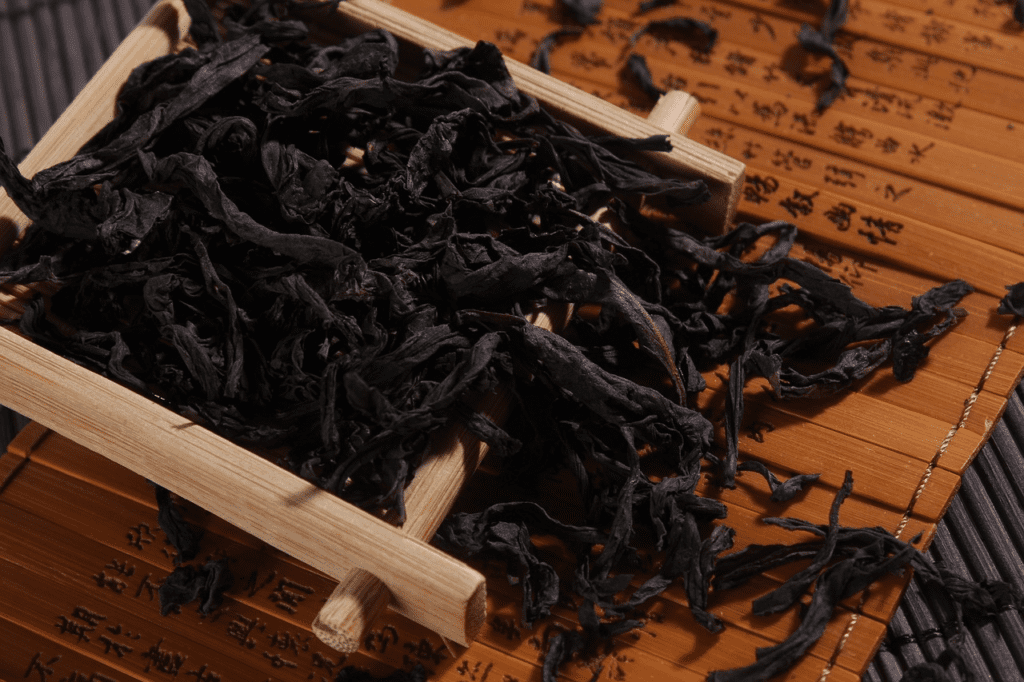
Steps for brewing Dahongpao tea
preliminary
- Choosing the right tea set: We recommend using a compact Yixing Zisha pot or a gaiwan, which ensures that the tea can be poured out completely each time it is brewed, and prevents the tea from steeping for a long period of time, resulting in bitterness and astringency.
- Prepare good quality water: It is best to use mineral or purified water, and the temperature of the water should be controlled between 90°C and 95°C. For the first brewing, the water temperature can be slightly higher, close to boiling.
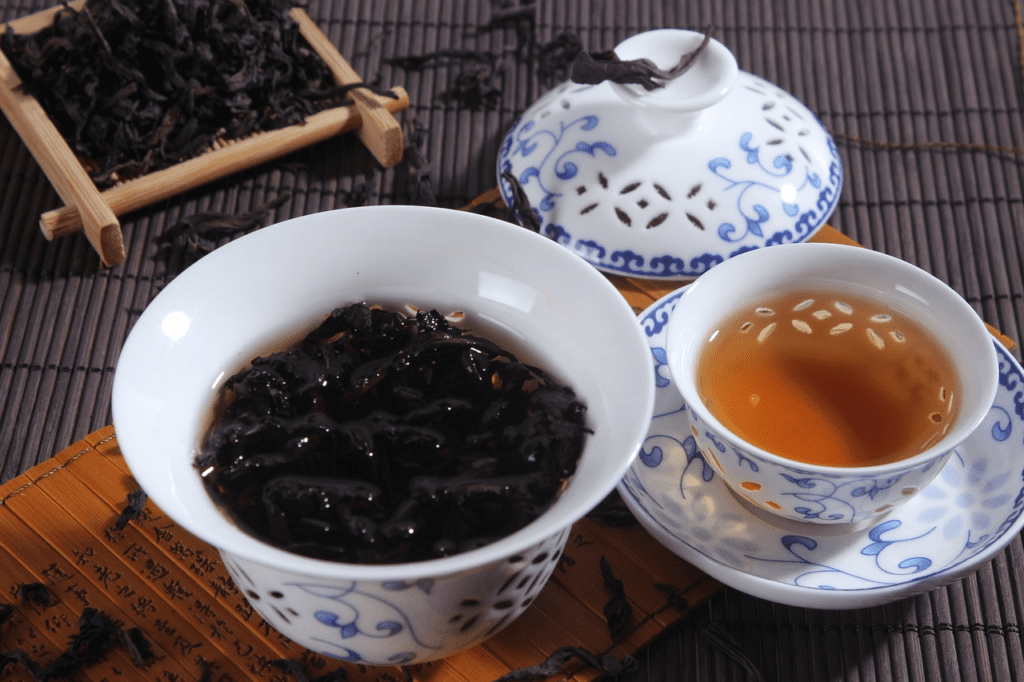
brewing process
- Warm the cup to wake up the tea::
- Pour hot water into the tea set, swirl it around a couple of times to heat the tea set, and then pour off the water.
- Place about 5 grams of Dahongpao tea leaves into a teapot or gaiwan and quickly wash the tea with hot water at 90°C to 95°C for about 5 seconds, then pour off the water; this step helps to awaken the aroma and flavor of the tea.
- first puff::
- Add an appropriate amount of hot water, fill with water and cover with a lid, steep for 20-30 seconds. Pour out the tea broth, smell and taste, which will have a strong orchid aroma and a slight caramel flavor.
- Multiple brews::
- Dahongpao tea can be brewed several times, gradually increasing the time for each brew by 5-10 seconds. Generally speaking, high quality Dahongpao tea can be brewed more than 8 times, with the flavor of the tea soup becoming progressively sweeter and clearer each time.
Tea Tasting
- color: The Dahongpao tea broth has a bright orange-red color that is very pleasing to the eye.
- fragrance: The tea releases a rich orchid flavor and a light caramel aroma that is delightful.
- texture (of food): Soft in the mouth with light fruity and woody notes, the tea is mellow but not too refreshing, and each sip delivers a rich taste experience.
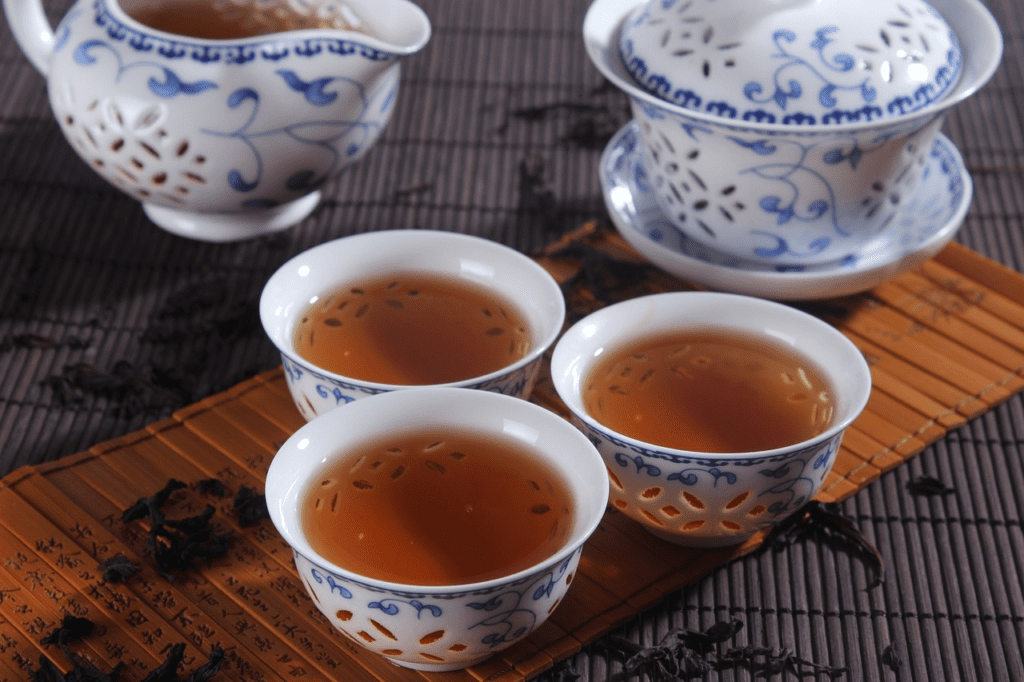
Efficacy and action
- antioxidant: Dahongpao tea is rich in polyphenolic compounds, which have strong antioxidant capacity and help prevent cellular aging.
- promote digestion: The caffeine and polyphenols in tea can help promote gastric juice secretion and improve digestion.
- strengthen immunity: Regular consumption of Dahongpao tea strengthens the body's immunity against viruses and bacteria.
- lose weight: The polyphenols and vitamin C in Dahongpao tea help to break down fat, aiding in weight loss and control.
caveat
- drink in moderation: Although Dahongpao tea has many benefits, it should be consumed in moderation to avoid problems such as insomnia and anxiety caused by excessive caffeine intake.
- special population: Pregnant women, nursing mothers and those sensitive to caffeine should avoid drinking too much Dahongpao tea.
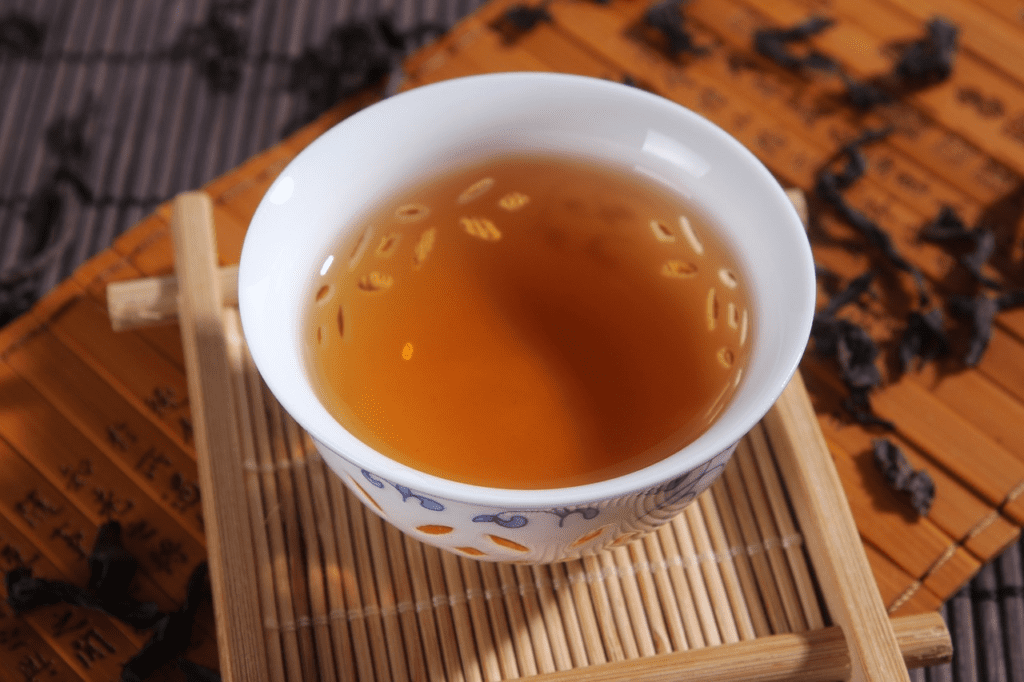
tip
- Storage method: Dahongpao tea should be kept in an airtight container in a cool, dry place away from direct sunlight and moisture.
- Gourmet food pairing: Dahongpao tea is suitable for pairing with foods such as grilled fish, baked tofu, and nutty desserts, and can enhance the overall taste experience.
Dahongpao tea is not only one of the finest of teas, it is also loved for its unique brewing method and rich health benefits. With the right brewing techniques, you too can enjoy this aromatic tea at home!
© copyright statement
The article is copyrighted and should not be reproduced without permission.
THE END
